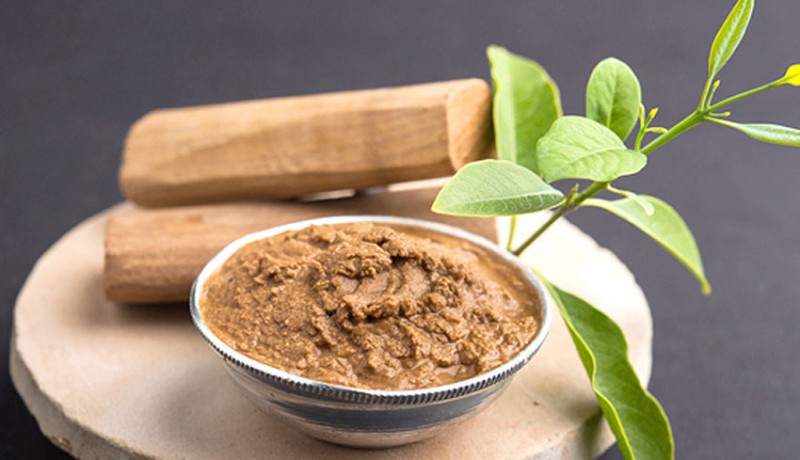Why Sandalwood is seldom to Plant?
Based on data obtained from the North Central Timor Forest Service (TTU), East Nusa Tenggara (NTT), it was recorded that up to 2012, sandalwood only had 45,428 trees remaining in 24 sub-districts. What is the cause?
AMLAPURA, NusaBali
"So long, maybe our children have not had the chance to enjoy the profit of the tree. One tree that is only 10 years old is only about the size of an adult thigh. It might take 20 to 40 years to reach the desired tree size," said I Nengah Arka (17/11), as Head of Sekaa Tani Legundi Lestari at Dukuh Village, Kubu, Karangasem, Bali.
Nengah Arka, who had served as the Head of Dukuh Village, was motivated to establish a farmer group called Sekaa Tani Legundi Lestari 10 years ago, for one of them to cultivate endangered sandalwood tree seeds. He claimed, the sandalwood seeds cultivated by farmer groups were obtained directly from NTT, which is the largest sandalwood producing area in Indonesia.
The farmer group that is consisted of 28 members had around sandalwood seedlings of around 5,000 trees. According to Nengah Arka, several factors that enabled the lack of interest of people cultivating sandalwood due to the length of the growing process, the planting media were not simple, to the height, climate, and temperature that took a serious case.
Cited from faunadanflora.com, sandalwood can generally grow on land with a height of about 0-1200 masl (meters above sea level) with rainfall between 600-2000 mm/year, and at a temperature of around 10°C-35°C. Meanwhile, the type of soil that is good for sandalwood growth is, that is loose and rocky volcanic soil, humus soil, also soil that has high nitrogen content.
The way to plant it is also unique, sandalwood is also a plant that is hemiparasitic (red: half parasitic) because it requires a host to grow, at least until its roots can live independently, but this only takes a few moments (bobo.grid.id). Some plants that can be used as hosts include chili, purslane, frangipani, acacia, reeds, agave sisalana, or other plants that can be used as hosts.
The sandalwood which is also known as Santalum album (Latin name) has a variety of uses, some of them are, for example, incense, perfume, sculpture, spices, medicine, as well as a means of Hindu religious ceremonies. Because of its difficult cultivation, the price jumped high. "One tree that is 10 years old can be sold for 20 million," Nengah Arka continued. *ph
1






Komentar